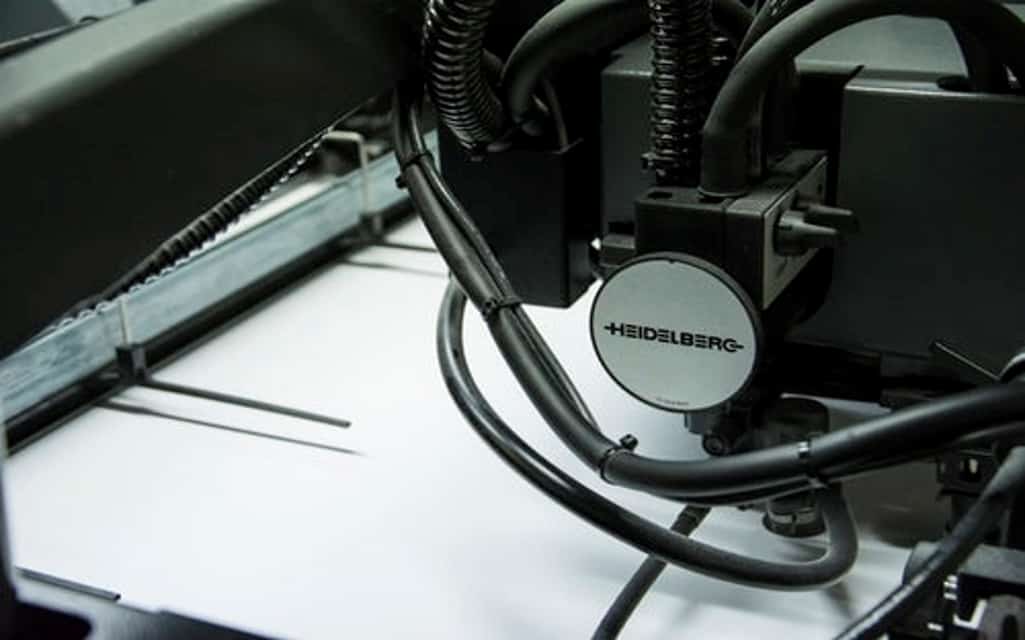Modern industrial factories that are responsible for producing consumer appliances, food and beverages and day to day items are not always as advanced as one might think. In this day and age, it is common for most people to assume that these industrial facilities rely on high-tech robots to complete much of the work.
In reality, the power required to operate machines in these environments relies heavily on pneumatics. You will easily recognize a pneumatic device when you hear hissing sounds coming from heavy-duty equipment used in production facilities.
Pneumatic machines use pressurized gas or air in contrast with hydraulic equipment which use fluids to achieve the same function. Pneumatic systems like those SMC produces are typical in industrial applications that work with inert gases or compressed air. In comparison with electric motors or actuators, pneumatic systems product energy that is safer, more reliable, less expensive, and more flexible.
Pneumatic fittings are not limited to industrial factories. You see them in everyday applications and simple machines you interact with. Some common examples include:
- Vacuum cleaners
- Ball pumps or bicycle pumps
- Some models of nail guns
- Gauges for tire pressure
- Car shock
- Elevator buttons for handicapped access
Simple pneumatic systems are widespread which is why it is easy for people to overlook its application.
Types of pneumatic fittings
Plastic pneumatic fitting
A plastic push is the most common pneumatic fitting used today. It is specifically designed for systems that use polyurethane or nylon pipes. The maximum pressure that this fitting can withstand is 150 psi. It is best used for applications subject to temperatures of no more than 60 degrees. Plastic pneumatic fittings are lightweight and affordable. However, it is not suitable for high temperature or high pressure working environments.
Stainless steel pneumatic fitting
One of the main advantages of using a stainless steel pneumatic fitting is that it is suitable even for corrosive conditions. It is also easy to assemble and can withstand a wide range of pressure and temperature. One typical application of a stainless steel fitting is in conveyor systems.
Brass pneumatic fitting
This type of pneumatic fitting is typically fabricated using brass with nickel plating. There are some manufacturers on the other hand that favor using a composite of nylon reinforced with glass. Connecting and disconnecting these fittings is quite easy which make them suitable for systems that require frequent replacement. Brass fittings can be used with nylon, polyurethane, and other types of tubes.
Brass pneumatic fittings can withstand high temperatures and pressure. These are also relatively low cost and durable which make them perfect for most industrial pneumatic systems. However, these are not ideal for working environments exposed to corrosive compounds.
Raid screw fittings
Rapid screw pneumatic fittings are considered as one of the most reliable types of fitting used for industrial applications. Compared with push-in fittings, rapid screw fittings consist of a nut capable of holding a firm grasp on the pipe. A rapid screw fitting results in steadier installation, and this type of fitting can also withstand high temperature and high pressure.



